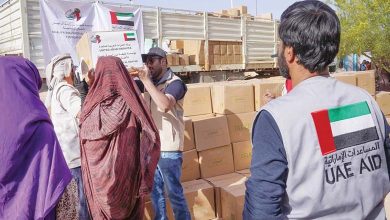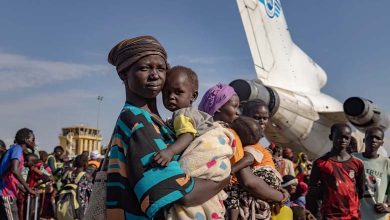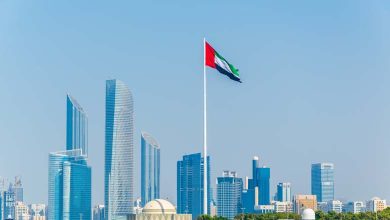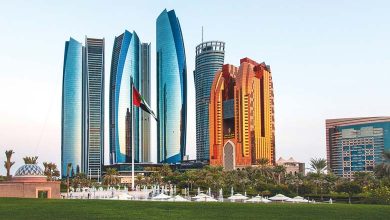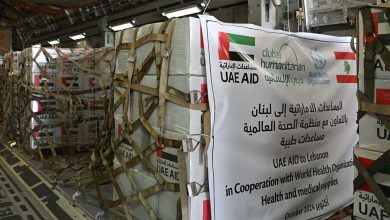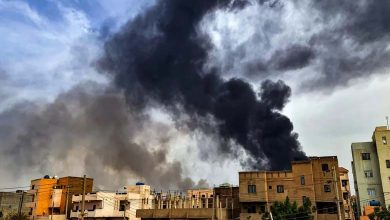The Sudanese army allows Iranian militias to be present in the Red Sea
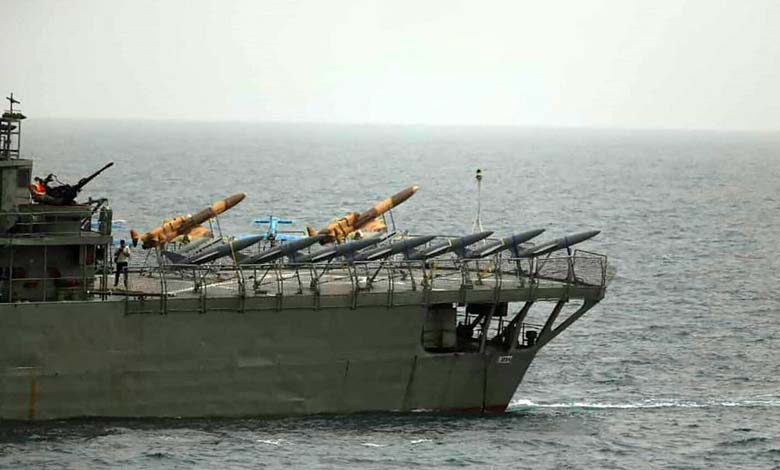
Both Iran and Sudan seek to achieve several goals through developing their relations, including restoring the balance of military power domestically, searching for a new regional ally, turning the page on the 2016 relationship crisis, and enhancing presence in the Red Sea region.
However, this new development may ultimately result in adverse repercussions, such as escalating tensions between the Sudanese army and several regional and international powers like Egypt, Saudi Arabia, Israel, and the United States.
The announcement of Iran and Sudan on October 9, 2023, to resume diplomatic relations that were severed by Khartoum in early 2016, came at a significant timing, indicating three main considerations: first, it coincided with the escalating armed conflict between the Sudanese army and the Rapid Support Forces since mid-April last year, suggesting that this decision is intertwined with the army’s attempts to strengthen its positions against the Rapid Support Forces by seeking a new regional ally. Second, it paralleled with the increasing tensions between Iran and the United States due to the stalled negotiations regarding the nuclear agreement, the continuation of American sanctions, and disputes over many other regional issues, especially Iranian presence in crisis-stricken countries. And third, it came two days after the outbreak of the Israeli war on Gaza following the “Operation Storm Al-Aqsa” launched by the Al-Qassam Brigades on October 7 last year, followed by Israel’s escalation with Hamas and Iran-backed militias in Lebanon, Syria, Iraq, and Yemen.
Undoubtedly, the decision to restore diplomatic relations does not necessarily mean it was taken as a response to the outbreak of the war 48 hours before the decision. It appears that there have been communications and channels of communication opened between the two parties for a while, especially after the outbreak of armed conflict in Sudan in mid-April last year, where Sudan’s Acting Foreign Minister Ali al-Sadiq had previously met with his Iranian counterpart, Hussein Amir Abdollahian, on the sidelines of the Non-Aligned Movement ministerial meeting held in the Azerbaijani capital, Baku, on July 6 last year.
Communications between the two parties continued, with another meeting between Iranian Vice President Mohammad Mokhber and Sudan’s Acting Foreign Minister Ali al-Sadiq on the sidelines of the Non-Aligned Movement Summit held in the Ugandan capital, Kampala, on January 20 this year, where they discussed ways to expedite the restoration of bilateral relations and reopen embassies.
Armament strategy
In line with this, the information contained in some reports regarding Iranian military support to the Sudanese army was not surprising to observers. Bloomberg revealed in a report on January 25 this year that Iran is providing unmanned aerial vehicles of the “Mohajer 6” model to the army for use in military operations with the Rapid Support Forces, where they can be used in reconnaissance and airstrikes. This aircraft is particularly important as it is a key mechanism Iran consistently uses to develop its relations with some countries and institutions, similar to Russia, which previously used the same aircraft in managing its military operations in Ukraine.
Multiple motivations for this armament
This new direction adopted by Iran and the Sudanese army can be interpreted in light of several considerations, the most prominent of which include:
1- Restoring the balance of military power within Sudan: The Sudanese army aims to use these aircraft to attempt to restore the balance of military power domestically, following recent field developments that have reflected significant progress on the part of the Rapid Support Forces, which have gained control over strategic areas. Despite the army’s insistence that it still maintains control over many strategic positions, some statements from key army leaders suggest that the latter is feeling the pressure due to the Rapid Support Forces‘ field advancements. For instance, statements from the Chief of Staff, Lieutenant General Abdel Fattah al-Burhan, indicate that the army may resort to “popular resistance,” suggesting that power dynamics are clearly tilting in favor of the Rapid Support Forces.
2- Seeking a new regional ally: It was notable that the development of relations with Iran by the Sudanese army coincided with escalating tensions between the latter and some countries and organizations, against the backdrop of recent field developments in Sudan. The Sudanese Ministry of Foreign Affairs announced on January 20 of this year the suspension of Sudan’s membership in the “IGAD” organization, stating that the decision was made after the organization disregarded Sudan’s request to suspend its engagement and freeze its dealings with it on any issues related to Sudan’s internal situation. Prior to that, Sudan recalled its ambassador to Kenya on January 4 of this year for consultations in protest against the latter receiving Rapid Support Forces Commander Mohamed Hamdan Dagalo (Hemetti). This is in addition to tensions between Sudan and the United Arab Emirates.
In light of this, it can be said that the army, in view of these developments, seeks to seek a new regional ally, even if this may have consequences that could affect regional relations between Sudan and several countries concerned with what is happening in the latter and in the region in general. More precisely, the army may seek to balance the regional movements undertaken by Hemetti, as it was noticeable alongside recent field developments that he has undertaken numerous regional tours in countries in the region.
3- Turning the page on tension between Khartoum and Tehran in 2016: By improving relations with Sudan, Iran has largely managed to turn the page on the tension that arose in its relations and extended its hand in Sudan for hidden goals, making the Sudanese army its fifth militia after its proxies in Lebanon, Iraq, Syria, and Yemen.
4- Cementing presence in the Red Sea: The recent crisis in the Red Sea imposed by ongoing Houthi threats to trade movement since November 19 last year, due to their targeting of Israeli or Israeli-bound ships, has shed more light on the strategic importance of that vital area. This seems to push Iran towards efforts to cement its presence in countries surrounding that area, relying on its fundamental presence in some countries like Yemen, Iraq, Lebanon, and Syria. Hence, Iran is expected to take further actions to develop its relations and enhance its presence in countries such as Sudan, Djibouti, Eritrea, Somalia, and others, largely explaining its interest in redeveloping relations with the Sudanese army.


